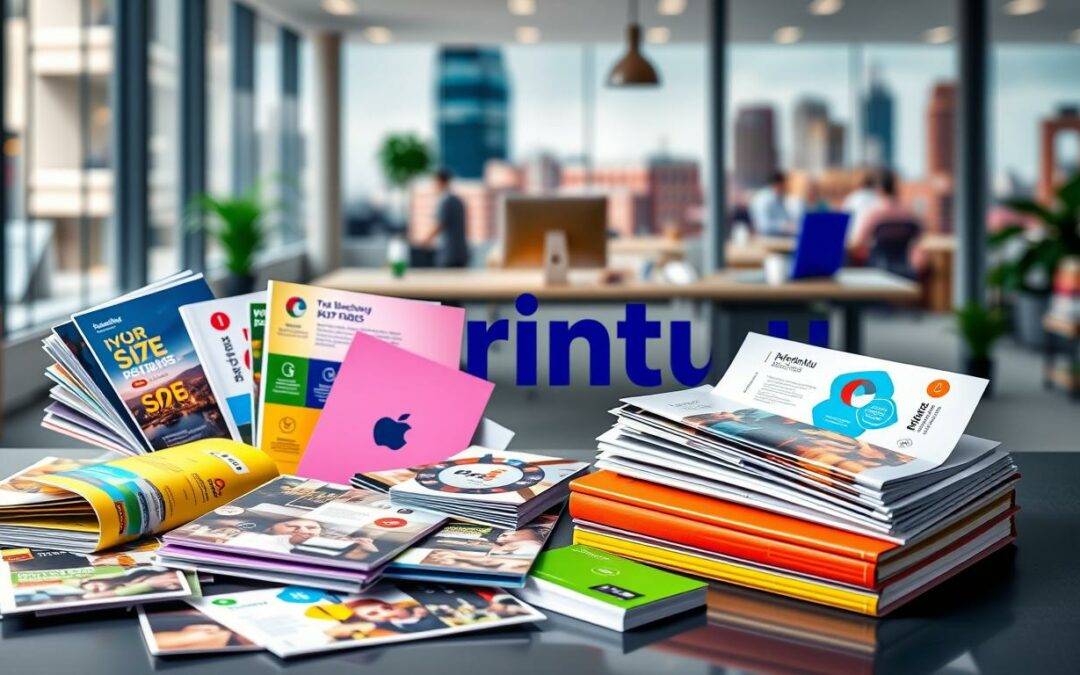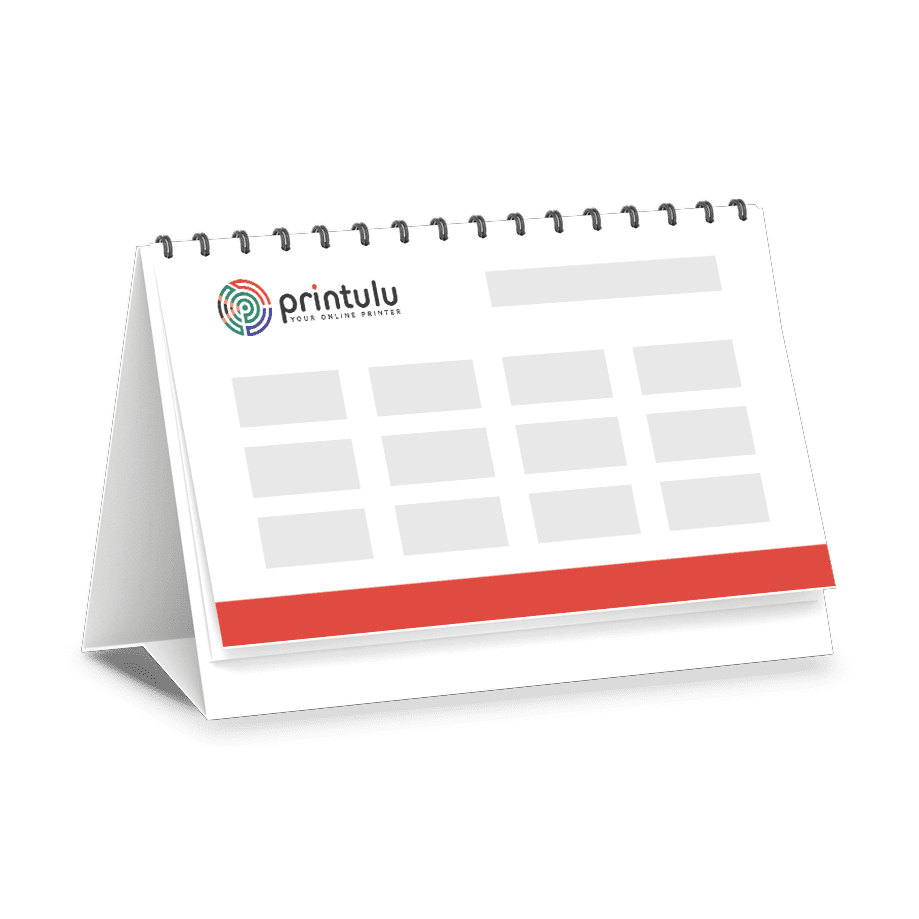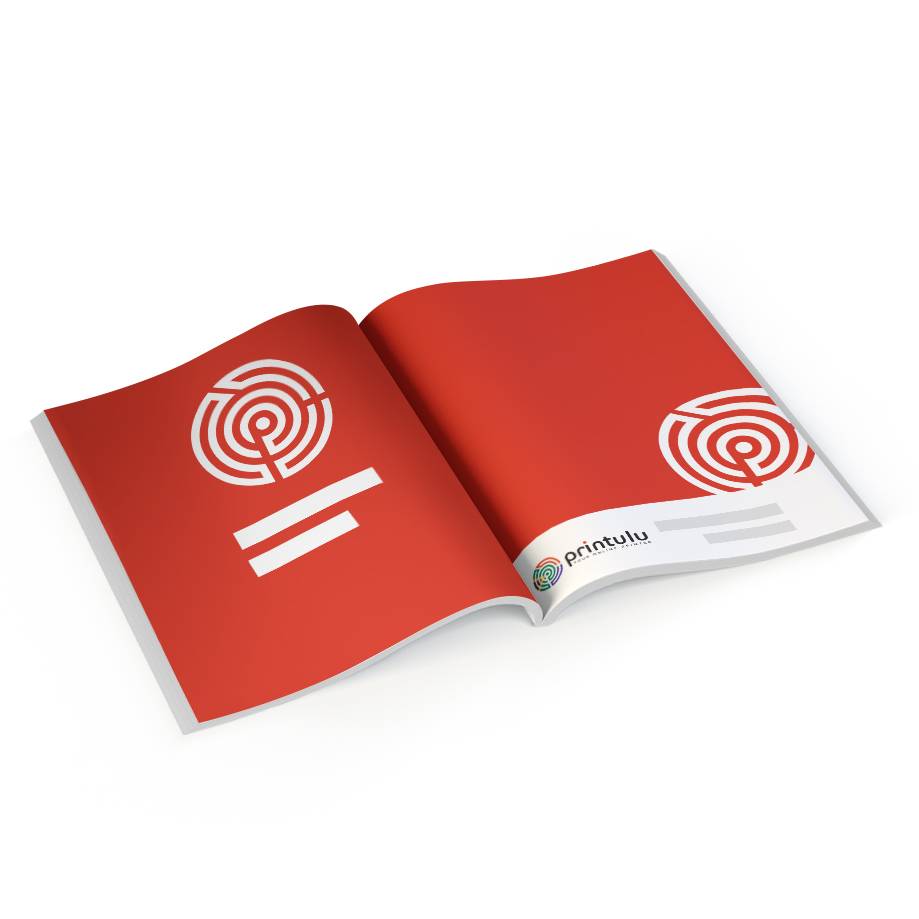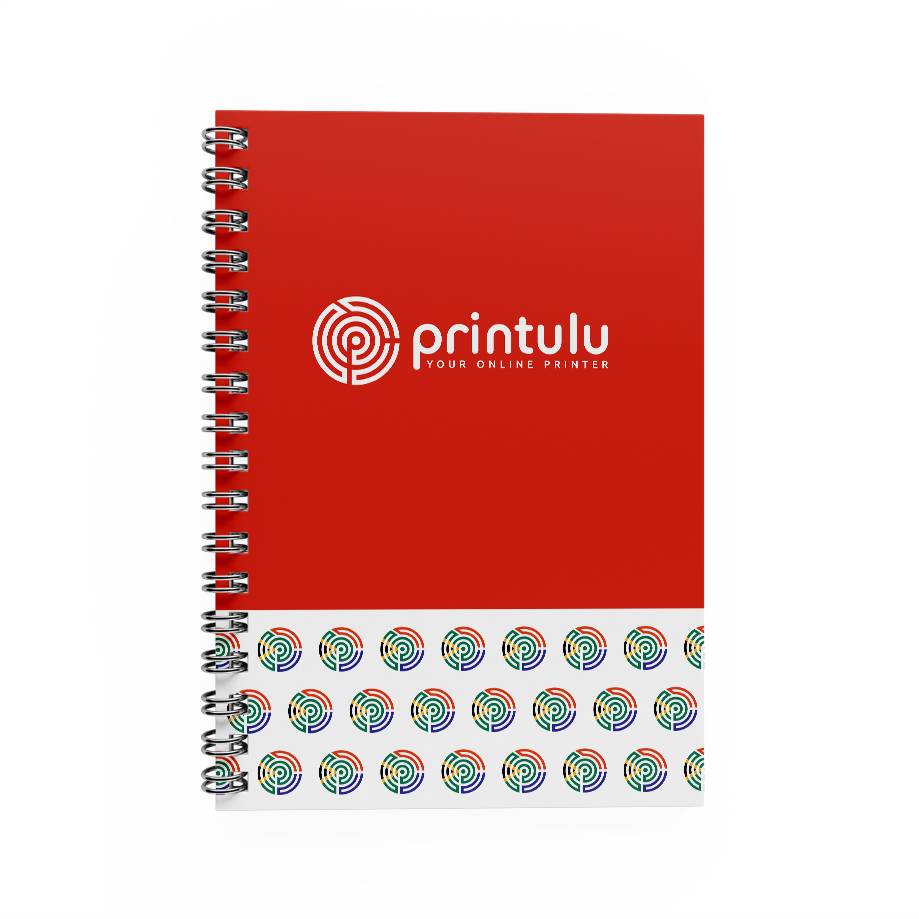In today’s digital world, it’s hard to stand out. But, print marketing is still a strong way to grow your business. It connects with customers through touch and looks real. A good print campaign can make your brand unique and work well with digital.
Knowing your customers well is key to great print marketing. Find out who loves creative and technical print. Partner with others to make your brand stand out. Use things like direct mail campaigns and brochures to grab attention.
Key Takeaways
- Print marketing fosters a tangible connection, building trust and brand visibility.
- Understanding and segmenting your customer base is crucial for precise targeting.
- Collaboration enhances print campaigns, allowing for a stronger proposition.
- Print and digital marketing can successfully co-exist, maximising overall outreach.
- A balanced mix of outbound and inbound tactics can drive tangible business growth.
- An effective print marketing strategy should lead to a noticeable increment in lead generation.
Introduction to Print Marketing
Print marketing is still important, even with digital platforms growing. It offers a real experience that digital can’t match. Knowing its value in today’s digital world shows it’s still strong in connecting with people.
What is Print Marketing?
Print marketing uses physical materials like flyers and posters to promote products. It’s special because people can touch and feel it. This makes them remember the brand better. It’s key in places where digital isn’t as common.
Importance of Print Marketing in a Digital World
Traditional marketing techniques like print are crucial. In a world full of digital ads, print stands out. It gives a clear and memorable brand experience.
Research shows 82% of people trust print ads more when buying things. This shows how powerful print can be in changing how people act.
Print also helps people engage more. Almost 80% of people will do something after seeing a direct mail ad. This shows that good print ads can really make a difference.
| Marketing Type | Consumer Trust (%) | Consumer Response Rate (%) |
|---|---|---|
| Print Advertising | 82 | 80 |
| Digital Advertising | 61 | 45 |
The table shows people trust and respond more to print. This shows print’s big role in marketing today. It can really connect with people and help brands grow.
Types of Print Marketing Materials
In today’s market, using promotional print materials is key. They help show your brand and make ads more personal. Knowing the different print collateral can help you pick the best for your audience.
Brochures and Flyers
Brochures and flyers share product details and offers. They let people look at content at their own speed. This can lead to better buying choices.
They can be sent by mail, displayed in stores, or given out at events. This makes sure lots of people see and interact with them.
- Flyers are cheap and easy to send out in many ways.
- Brochures let people touch and feel products, which can make them more likely to buy.
Business Cards
Business cards are more than just for networking. They are key to your personal and company brand. These small items can make a big impression, making them very valuable.
- Good business cards can make your brand look better and increase sales by 2.5%.
- They are often the first thing people see of your brand, making them important.
Posters and Banners
Posters and banners are great for reaching lots of people. They can be put in places where lots of people see them. They can also be used at events, making them cost-effective.
- Posters keep people looking at your message for a long time.
- Banners can be used inside and outside, reaching even more people.
Direct Mail Campaigns
Direct mail sends personal messages right to your customers’ doors. It’s a targeted way to market that can make people spend more.
- Direct mail can make people spend up to 28% more than those who don’t get it.
- Using direct mail with other marketing can make it even more effective.
Each type of print marketing material has its own role in advertising. They help brands make strong marketing plans. For more on how these tools can help your business, check out print collateral essentials.
Benefits of Print Marketing
Even with digital marketing on the rise, print marketing still holds a lot of value. It offers real-world benefits like tangibility, targeted reach, and better brand recognition. These are key for building trust with customers, making print marketing a vital tool for businesses.
Tangibility and Trust
Research reveals that 82% of people trust print ads more when buying things. This is because print feels real and trustworthy, unlike digital ads. Print also sticks in people’s minds more, with 30% better retention than online ads.
Targeted Audience Reach
Print marketing excels at reaching the right people. Direct mail, for example, works well, with 79% of households engaging with it. This targeted approach is powerful, with 44% of people visiting a brand’s website after seeing direct mail.
Increased Brand Recognition
Print ads help brands stand out, with 75% of viewers remembering them. This is key in a world where digital ads are often forgotten quickly. Greeting cards show how print can create lasting memories, with 80% of people remembering who sent them.
Print marketing remains important in today’s digital world. It’s not just about feeling tangible; it’s about building trust and brand recall. For businesses looking to connect with customers, print marketing is a must-have part of their strategy.
Integrating Print and Digital Marketing
Combining print and digital marketing is more than a trend. It’s a powerful way to make campaigns that reach people in many ways. This mix helps businesses use the best of both worlds to engage customers better.
Cross-Promotion Strategies
Multi-channel marketing means using both online and offline methods together. Cross-promotion uses print like brochures with digital like QR codes. This way, messages get to people in different ways, making them more likely to interact.
For example, mail with QR codes can lead to online pages or special offers. This connects the physical and digital worlds. Studies show using both print and digital can increase marketing reach by 40%. Brands that keep their branding consistent across platforms see a 23% revenue boost.
Tracking and Measuring Impact
Tracking campaign success is key in marketing. Digital tools like QR codes and URLs in print help track how well campaigns do. This lets marketers see what works and what doesn’t.
Studies show QR codes in print can increase engagement by 20%. Email campaigns with direct mail can get 20% more responses. This insight helps improve future campaigns.
Using digital tools in print marketing also helps gather important data. This data is crucial for making marketing better and more personal. Brands that use both print and digital see a 25% boost in marketing ROI. This shows the power of using both channels.
| Marketing Strategy | Engagement Increase | ROI Increase |
|---|---|---|
| Digital and Print Integration | 20% | 25% |
| Email and Direct Mail | 20% | Data Not Available |
Designing Engaging Print Campaigns
Businesses want to stand out in a crowded market. Impactful design and professional printing are key to making engaging advertisements. Good print design grabs attention and builds a connection with the audience.
Combining beauty with clear messages can change how people see print materials. This mix is vital for making campaigns that grab and keep people’s interest.
Choosing the Right Design Elements
Picking the right design elements is key for campaigns that hit the mark. A focus on looks, brand consistency, and what people like helps create designs that are both stunning and meaningful. Bright colours, bold fonts, and smart layouts make a big difference in print media’s impact.
Importance of Professional Quality
The professional quality of print is just as important. High-quality printing can take a design from good to outstanding, improving the feel and look of the brand. Working with top printing services ensures every detail, from paper to ink, is perfect. This means the final product will exceed what you expect.
By focusing on design and quality, businesses can use print marketing to send messages that are not just heard but felt. This unique touch makes print a standout in a digital world.
Cost-Effectiveness of Print Marketing
Print marketing is still a valuable tool for businesses. It offers a good return on investment and is cost-effective. When used wisely, it can engage audiences well, even with a limited budget.
Budgeting for Print Campaigns
Managing your budget for print campaigns is key. You need to know the costs of different print media. Options like flyers and direct mail are cheap but effective.
Using bulk printing can also cut costs. This way, you get quality materials without breaking the bank. It’s all about making your budget stretch further.
Comparing Costs with Digital Marketing
Print and digital marketing have different costs and benefits. Digital marketing is flexible and targets specific audiences. But, print marketing gives you something tangible that can keep customers coming back.
Using both can make your marketing budget go further. It improves your return on investment. Here’s a look at how print and digital compare:
| Marketing Type | Average Initial Cost | Engagement Efficiency | Cost-Effectiveness (ROI) |
|---|---|---|---|
| Billboard Advertising | $2,000 – $2.5M | High for mass reach | Variable |
| Newspaper Advertising | $200 – $1M | Medium, varies by placement | Medium |
| Direct Mail | £900 + additional costs | High for targeted reach | High |
| Digital Marketing | $25 – Variable | High, adjustable in real-time | High |
| Flyer Marketing | £15 for 500 pieces | Low to Medium | High, when targeted |
This comparison shows how smart budgeting can boost both print and digital marketing. It helps businesses save money and get a great return on investment.
Targeting Your Audience with Print
It’s key to know your audience’s demographics and where they live for effective print campaigns. Print ads can boost engagement and make your brand more memorable. This is thanks to detailed research and targeted efforts.
Demographic Considerations
Knowing your customers’ details helps create more personal ads. For example, age, income, and interests can shape your print materials. This way, your ads speak directly to your audience.
Print ads can target specific groups like Millennials or wealthy families. These groups often respond well to print, proving it’s not just for older people.
Geographic Targeting
Geographic targeting pairs well with demographic research. It ensures your ads reach the right people in the right places. This boosts local interest and can increase foot traffic.
To make the most of geographic and demographic data in print marketing, consider these steps:
- Conduct Comprehensive Demographic Research: Study the demographics in your area to make your ads more relevant. Personalised ads can lead to a 70% higher engagement.
- Leverage Localised Offers: Create special deals for specific areas. This can lead to a 40% increase in consumer response compared to general ads.
- Segment Audience Strategically: Use data-driven audience segmentation to target different groups. This can make your marketing up to 50% more effective.
- Utilise Feedback to Refine Tactics: Listen to customer feedback to see how your strategies work. Companies that do this can retain up to a 25% more customers.
By carefully planning your print ads, you can meet your marketing goals and get a good return on investment. Each printed piece becomes a valuable part of your marketing plan.
Sustainability in Print Marketing
In today’s world, using green marketing initiatives in print marketing is essential. More companies are choosing environmentally responsible printing to meet customer needs and stay ahead. This move helps reduce environmental harm and boosts brand image and customer loyalty through sustainable practices.
Eco-Friendly Printing Options
New printing tech offers options like LED UV curing, which uses less energy than old methods. Using these sustainable printing solutions, businesses can cut their carbon footprint. Also, printing on both sides of the page is now common, saving paper and reducing waste.
Recyclable and Sustainable Materials
The materials used are key in sustainable print marketing. Companies are choosing recycled paper and soy or vegetable-based inks over harmful petroleum-based ones. They aim to make materials fully recyclable, supporting both corporate and customer sustainability goals.
Adopting green marketing initiatives is more than following rules. It shows a brand’s dedication to sustainability, appealing to eco-aware consumers. Brands that embrace environmentally responsible printing and materials boost their reputation and help the planet.
| Sustainability Practice | Benefit |
|---|---|
| LED UV Curing | Reduces energy consumption by up to 70% |
| Recycling of Print Materials | Decreases waste and encourages circular economy |
| Use of Recycled Paper and Vegetable-based Inks | Minimises environmental impact from production |
| Dual-sided Printing | Optimises paper use, halving potential waste |
The push for sustainable business practices is growing. The use of recyclable and sustainable materials is crucial. Companies that use these materials in their print marketing not only meet global standards but also connect better with their audience. This audience is more likely to support brands with strong environmental values.
Print Marketing Trends to Watch
As we look into the future of print marketing, some key trends are emerging. These trends include marketing innovations, customized print solutions, and immersive experiences. They are crucial for businesses to succeed and engage with their audience.
Personalized Marketing Materials
Personalization in print marketing is becoming a must, not just a trend. A 2021 Epsilon study found personalized marketing can boost ROI by five to eight times. This makes customized print solutions vital for marketers to grab and keep consumer attention.
With advanced data analytics, businesses can craft materials that speak directly to each customer. This approach boosts engagement and loyalty to the brand.
Use of Augmented Reality in Print
Augmented Reality (AR) is changing how we interact with brands in print. The AR market is expected to grow from $3.5 billion in 2021 to $198 billion by 2025. This shows the growing interest in immersive experiences.
AR turns static print into interactive experiences. It adds animations and tutorials, making print materials more engaging. This also connects physical marketing to digital engagement.
There’s a lot of interest in combining digital and tactile elements in print marketing. Companies are finding new ways to blend these for a better consumer experience. New printing technologies help make these integrations possible without losing quality.

Keeping up with these marketing innovations is key for businesses to stay ahead. By using tailored content and immersive tech, brands can build strong connections with their audience. This leads to better ROI and growth.
Case Studies: Successful Print Marketing Campaigns
Exploring print marketing reveals many inspiring stories of business growth and brand strategy. These stories show how traditional media still has a strong impact. Even today, print marketing can greatly affect how people remember brands and make purchasing decisions.
Small Business Success Stories
Jersey Mike’s Subs ran a campaign that gave away almost 7,500 sandwich coupons. This not only increased sales but also raised over $15,000 for a local sports association. It’s a great example of how local, hands-on marketing can help businesses and communities.
Lessons from Well-Known Brands
Big brands like Patagonia and Jeep show the power of print marketing. Jeep, a brand since 1943, uses print to connect with adventure lovers. Patagonia, meanwhile, ran a print ad in The New York Times that sparked a conversation about consumerism. This ad fit perfectly with their eco-friendly brand image.
De Vere Hotels also saw success with CampaignDrive by Pica9. This tool helped them send out custom marketing materials to their locations. It kept their brand consistent and engaged local customers, boosting their image and interaction.
This table compares the impact of different print marketing campaigns on brand recall and consumer behavior:
| Brand | Strategy Employed | Outcome |
|---|---|---|
| Nivea | Long-standing trust and quality appeal | Leader in skincare since 1911 |
| Scrabble | Engaging storytelling with Scrabble tiles | Enhanced audience engagement and brand association |
| KFC UK | Apology campaign via print during supply chain issue | Managed customer relations and restored trust |
| Fanta | “Tastable” print advertisement | Provided a unique consumer product experience |
| Volkswagen | Feature highlight (Park Assist) through visual storytelling | Improved consumer perception of technological advantages |
These success stories prove that print media is still valuable. It offers a personal connection that digital media can’t match. This connection often leads to better business growth and loyalty.
Conclusion: The Future of Print Marketing
Looking at the future of advertising in print, it’s clear that marketing evolution includes print. Print is becoming a key part of strategic business growth, thanks to innovation. Printed materials are seen as 70% more trustworthy than digital ones, showing their lasting value.
Embracing Innovation in Print Strategies
Print marketing is getting a new lease on life with tech like QR codes and augmented reality. This mix of old and new has boosted consumer interest by 94%. It’s also expected to increase brand interaction by 30%.
This shows people want print that can also connect with digital. It leads to memorable campaigns that stay with us long after the digital ad fades.
Final Thoughts on Effective Print Marketing
Direct mail campaigns have seen a big jump in responses. People remember brands more when they see them in print. Print is also preferred when making purchase decisions.
These facts highlight print’s importance in today’s marketing mix. The move towards eco-friendly and simple designs shows print’s ability to adapt. As we move forward, print marketing will keep proving its worth in the ever-changing world of advertising.
FAQ
What are effective print marketing strategies?
Good print marketing starts with knowing your customers. It also means creating partnerships and offering something unique. It’s about using both digital and traditional methods, like direct mail, to grab attention.
What is Print Marketing?
Print marketing uses materials like flyers and brochures to promote products. It’s a traditional way to connect with people, offering a real and trustworthy experience.
Why is print marketing important in a digital world?
Print marketing is key because people trust it more than digital ads. It gives a personal touch, making customers feel valued and special.
What types of print marketing materials are there?
There are many types, like brochures, flyers, and business cards. Each has its own role in a brand’s marketing plan.
How does tangibility and trust benefit print marketing?
Print’s realness builds trust and credibility. It’s better at reaching specific groups, increasing the chance of a positive response.
How can you effectively integrate print and digital marketing?
Mix print and digital by promoting across channels. Use digital tools, like QR codes, to track print campaign success.
What are the key elements in designing successful print campaigns?
Great print campaigns have consistent branding and catchy headlines. They focus on the customer and look professional for credibility.
How cost-effective is print marketing compared to digital?
Print can be cost-effective when it fits your marketing goals. It may cost more upfront, but it can lead to lasting engagement and brand recall.
What should be considered when targeting audiences with print marketing?
Think about who you’re targeting with print marketing. Consider demographics and location to make sure your message hits home.
How does sustainability play a role in print marketing?
Sustainable print marketing uses eco-friendly methods and recyclable materials. It appeals to customers who care about the environment.
What are the latest trends in print marketing?
Trends include personalized materials and augmented reality. These offer unique and immersive experiences that engage audiences.
Can you provide case studies of successful print marketing campaigns?
Yes, many campaigns have boosted business growth and loyalty. They show how well-planned print marketing can make a big difference.
What does the future hold for print marketing?
Print marketing’s future is bright, with a focus on innovation and new technologies. It will stay relevant in the digital age.
Source Links
- 10-Step Print Marketing Strategy – https://filestage.io/blog/print-marketing/
- Boost Sales with Print Marketing | PostNet Local Marketing – https://www.postnet.com/blog/how-to-drive-leads-using-print-marketing-tactics/
- A Guide to Print Marketing – Bigwave Marketing – https://bigwave.co.uk/blog/a-guide-to-print-marketing/
- What is Print Advertising? – Lucid Advertising – https://www.lucidadvertising.com/what-is-print-advertising/
- Print Advertising: Types, Examples and Tips for Creating Print Ads – https://duck.design/print-advertising/
- Conquest Graphics Blog – https://www.conquestgraphics.com/blog/conquest-graphics/2016/07/25/10-best-print-marketing-materials-to-increase-sales?srsltid=AfmBOoqer-A7pSkjiPDFSKJRpCICFm4zA9BfWSPxtvqT2BGXsxo8YVNY
- 6 Types of Print Media That Every Company Should Have – https://www.printivity.com/insights/2019/05/18/6-types-of-print-media-that-every-company-should-have/?srsltid=AfmBOoqxvXHbTP7s4NUsYWTk1zkGE29OI_r-DixUSLG40bhRHpl-Oj9a
- What Are the Benefits of Print Marketing? | B&B Press – https://www.bbpress.co.uk/news/what-are-the-benefits-of-print-marketing
- 10 Advantages of Print Advertising – https://www.printingcenterusa.com/blog/advantages-of-print-advertising/?srsltid=AfmBOorAVu9K3dFjzcGEH5ZnzMUzcDWQyqM99TY-GhjAP-5BwPzqDf1S
- Three Ways to Integrate Print and Digital Marketing – https://www.marketingprofs.com/articles/2020/43672/three-ways-to-integrate-print-and-digital-marketing
- A Guide to Combining Traditional Print and Digital Marketing – https://ironmarkusa.com/combining-traditional-print-and-digital-marketing/
- Tips to Becoming a Print Marketing pro | Jetline Printing Company – https://www.jetline.co.za/blogs/tips-creating-memorable-print-marketing-campaigns/
- Why Print Marketing Campaigns are Still Effective (with Examples) – https://www.pica9.com/blog/print-marketing-campaigns-still-effective-examples
- 9 Ways to Incorporate Print in Marketing Campaign – https://greenvilleprintsolutions.com/nine-ways-to-incorporate-print-into-your-marketing-campaign/
- Digital Marketing vs. Print Marketing: A Cost Analysis – https://medium.com/@nsitesearch/digital-marketing-vs-print-marketing-a-cost-analysis-dc53231cacae
- How Much Does Print Marketing Cost? – Helloprint | Blog – https://www.helloprint.co.uk/blog/how-much-does-print-marketing-cost/
- Cost-Effective Print Marketing Strategies for Small Businesses — Notable Imprint 2023 – https://www.notableimprint.com.au/blog/cost-effective-print-strategies-for-businesses
- Target Audience for Printed Marketing Campaigns – https://www.formaxprinting.com/blog/tips-for-understanding-your-target-audience-for-printed-marketing-campaigns
- Defining Your Print Marketing Target Audience – https://minuteman.com/za/locations/gauteng/hatfield/news/defining-your-print-marketing-target-audience-18282
- Print Marketing Success: Understanding and Engaging Your Target Audience: Commercial Printing Company in Owatonna MN – https://www.trimgraphics.com/blog/print-marketing-success-understanding-and-engaging-your-target-audience
- Redefining Sustainable Print Marketing | DMA – https://dma.org.uk/article/redefining-sustainable-print-marketing
- Print vs. Digital Marketing: Which is the Most Sustainable? – https://www.phoenixlitho.com/digital-vs-print-marketing-which-is-the-most-sustainable/
- Print Marketing Trends 2025 – https://vistacraftinc.com/print-marketing-trends-2025/
- 4 Marketing Trends for Printers to Watch in 2025 – Marketing, content, & technology to help printers sell more printing – https://www.marketingideasforprinters.com/2024/12/10/4-marketing-trends-for-printers-to-watch-in-2025/
- The Future of Print Marketing: Trends to Watch in 2025 and Beyond – https://www.linkedin.com/pulse/future-print-marketing-trends-watch-2025-beyond-colette-cooper-s902e
- 5 Great Examples of Print Marketing – https://www.pica9.com/blog/print-marketing-examples
- 10 Killer Print Campaigns to Make You Look Twice – https://www.bbpress.co.uk/news/still-debating-the-effectiveness-of-print-advertising-here-are-killer-print-campaigns-to-make-you-look-twice
- The Future of Print Marketing in a Digital World | Poor Richard’s Press – Printing Services in San Luis Obispo, Santa Maria, Paso Robles – https://prpco.com/the-future-of-print-marketing-in-a-digital-world/
- The Future of Print Marketing in a Digital World: Staying Relevant in 2024 and Beyond – Qtees – https://qtees.com/the-future-of-print-marketing-in-a-digital-world-staying-relevant-in-2024-and-beyond/




